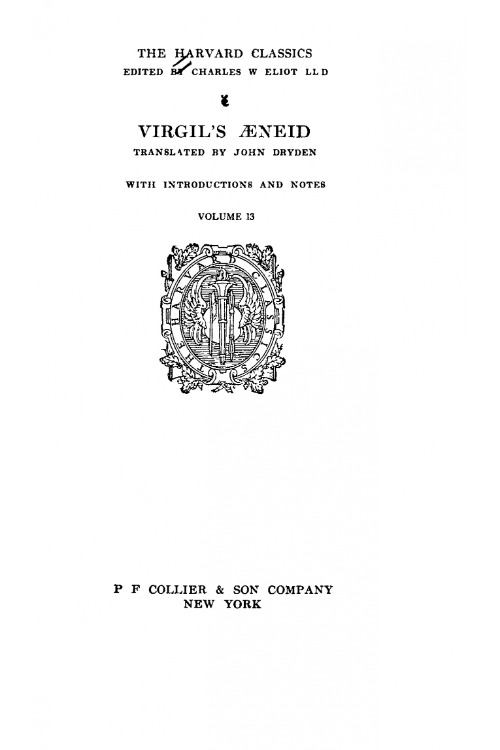About this myth
The Aeneid is a Hero myth originating from the Roman Paganism belief system. The main deity depicted in this myth is likely Aeneas.
MediumDigital iconImage date2020CreatorOMNIKA Foundation
Source record No.T06736MediumOil paint on canvasOrientationFull frontalImage dateca. 1766CreatorSir Nathaniel Dance-HollandSource notes"The Meeting of Dido and Aeneas. Description: The picture depicts the meeting of the Trojan prince Aeneas and the Carthaginian queen, Dido, as described in Book I of Virgil's Aeneid. Following the sack of Troy, Aeneas and his followers are shipwrecked on the coast of North Africa, near the city of Carthage. There, Aeneas meets his mother, Venus, disguised as a huntress. She tells him the sad history of Dido, who was forced to flee her home in Tyre and to build a new citadel at Carthage. Venus envelops Aeneas and his compatriot Achates in a shroud of mist to enable them to penetrate Dido's citadel undetected. Upon entering the temple of Juno, Aeneas sees Dido seated upon her throne, welcoming a number of his fellow Trojans whom he had believed drowned in the recent shipwreck, and expressing her desire to see their 'king' Aeneas. At that moment the mist clears and Aeneas reveals his identity to Dido. This is the precise moment portrayed by Dance."
In a nutshell
Myth summary
After the Trojan war, Aeneas goes through a long journey of hardship to ultimately find the city of Rome. His travels require him to endure the suffering of many trials, including countless personal challenges. He inevitably turns down love and comfort in order to fulfill his destiny.
Attested: Unknown
Created: Unknown
Main deity: Aeneas
Belief system: Roman Paganism
Origin: Europe › Southern Europe › Italy
Belief system
Translation
"Virgil's Aeneid": English Translation by John Dryden
Book · Publius Vergilius Maro (Virgil) · 1909
"Virgil's Aeneid" is an English translation of Virgil's Aeneid by John Dryden. Dryden's version is classical rendition of a timeless Roman myth. The language is readable for a contemporary audience; however, there are occasional phrases that may be considered archaic. The work was translated from classical Latin into English. Charles W. Eliot edited the current version, which was published in 1909. The work contains all twelve books. The Aeneid is about the journey of Aeneas, the epic hero who finds and builds the empire of Rome after the Trojan War.
Included: Translation, Collation (full)
Language: Latin ⟶ English
More information
The Aeneid from Virgil is an epic Roman poem which recounts the heroic founding of Rome by Aeneas.
Authorship
Like the Iliadic myths by Homer (e.g., the Iliad and Odyssey), the Aeneid by Virgil is also subject to disputed authorship.
Texts related to this myth
See full texts of this myth via related artifacts. Where available, a translation is included.
All texts















